Demon Slayer, or “Kimetsu no Yaiba,” is famous for its vivid and appealing battles, and you might have come across those iconic photos of Tanjiro encircled by deep blue waves!
These unique swordsmanship styles set Demon Slayer apart from the typical shounen anime and their battles. These techniques are referred to as Breathing Styles.
A typical Shounen fight scene would include punches in the air or swords clanking, which is obviously boring.
Demon Slayer takes its battles between humans and demons to the next level by adding fiery flames and slashes that slice through foes like butter!
Just like the captivating Flame Breathing technique used by Kyojuro Rengoku during the Mugen Train arc.
What Are Breathing Style Techniques?
Breathing or Breath Style Techniques are swordsmanship techniques taught and practiced within the Demon Slayer Corps and utilize Total concentration breathing.
Breath Style Techniques are specific and concentrated breathing patterns that allow practitioners to increase their lung capacity and the amount of oxygen in their blood.
Demon slayers use this technique to fight with demons on equal footing as demons are supernatural beings characterized by heightened strength, speed, power, extraordinary regenerative abilities, blood demon arts, etc.
Breathing techniques help them reach the zenith of their physical and mental capabilities to match that of a Demon or even surpass them.
These techniques are quite helpful in slowing down poison within the system and clotting wounds faster – even those from severe injuries since they can’t regenerate as demons do.
Fun Fact: These styles then influence the color of the Nichirin blades Breath of Moon– is used by Kokushibo.
How many breathing styles are there in demon slayer?
Currently, the Demon Slayers use fourteen Breathing Styles, and the best and most powerful one is the Breath Of The Sun.
These are derived from the Breath of the Sun, the first Breath Style created by Yoriichi Tsugikuni, a Demon Slayer during the Sengoku Era, also known as the Golden Age of Demon Slayers.
He was considered the most potent demon slayer of his time or the whole series.
He created this technique 500 years before the current storyline in the anime. It spawned other breathing techniques and even had 13 of its forms.
However, it was lost upon his death until Tanjiro revived it through his familial dance.
There are six fundamental Breathing Styles:
- Flame,
- Water,
- Wind,
- Stone,
- Thunder,
- Moon
The rest evolved from the original Sun Breathing as branches from these 6 cores.
How Many Breathing Styles Are There?-Ranked According to Strength.
1. Breath of Flames
Number of Forms – 9 Forms
Known Users – Kyojuro Rengoku, Shinjuro Rengoku, Mitsuri Kanroji (Formerly)
Branch Styles – Breath of Love
Breath of Flames is one of the six foundational Breath Styles derived from the Breath of the Sun.
This breathing style is a generational form of breathing used by Rengoku Kyoujurou’s ancestors as their family head created it.
It has nine forms – each being deadlier than the former. A known user of this style is Kyojuro Rengoku of the Hashiras.
For example,
1. The Second Form, “Rising Scorching Sun,” allows the user to unleash an arcing vertical slash in an upwards motion.
2. The Third Form,” Blazing Universe,” allows users to perform an arcing downward vertical slash.
2. Breath of Love
Number of Forms-6 forms
Known Users- Mitsuri Kanorji
Breath of Flames branched into a personal Breath Style created by Mitsuri Kanorji, a Hashira, called the Breath of Love.
For example,
1. First Form, ” Shivers of First Love,” allows the user to perform a single slash that winds through the target.
3. Breath of Water
Number of Forms – 11 Forms
Known Users – Giyu Tomioka, Sakonji Urokodaki, Tanjiro Kamado
Branch Styles – Breath of the Flower, Breath of the Serpent, Breath of Insects
Breath of Water is another foundational style that Sakonji Urokodaki primarily used.
The form initially consisted of 10 styles, with Urokodaki’s disciple Giyu Tomioka, creating the 11th style for it later on. Tanjiro uses Breath of Water style as he is under Urokodaki’s tutelage.
For example,
1. The Third Form, “Flowing Dance,” allows the user to swing and bend their blade in a corkscrew motion along with their body like a dance and slice everything in their path.
Breath of Water is one of the most flexible Breathing Styles, allowing users to use it with other styles. It further branches down into:
4. Breath of the Flower Style
Number of Forms – 7 forms
Known Users – Kanao Tsuyuri, Kanae Kocho
It’s a Breathing Style that mimics flowers and fruits. In addition, it even enhances and utilizes one’s vision, albeit at the possible cost of their eyesight.
For example,
1. The Second Form, “Honorable Shadow Plum,” lets users release several rotating sword slashes that can deflect attacks.
5. Breath of the Serpent
Number of Forms – 5 forms
Known Users – Obanai Iguro
It’s a Breathing Style that mimics serpents/snakes and their slithering motions.
Obanai Iguro uses it and focuses on the sword’s flexibility – twisting and bending the blade as a snake does.
For example,
1. The First Form, “Winding Serpent Slash,” allows the user to move like a slithering snake and release several slashes in a spiral pattern.
6. Breath of Insects
Number of Forms – 4 forms
Known Users – Shinobu Kocho
It’s a Breathing Style that mimics insects, their lethal stings, and movements.
It was created by Shinobu (technically derived from Breath of Flower)
as she lacked physical strength, the form focuses on inflicting multiple wounds on their opponent and poisoning them with lethal Wisteria-based poisons.
For example,
1. The first form, “Butterfly Dance: Caprice,” allows users to leap into the air and charge toward the opponent, stinging them multiple times with their blade to inject poison.
7. Breath of Thunder
Number of Forms – 7 Forms
Known Users – Zenitsu Agatsuma, Jigoro Kuwajima, Kaigaku
Branch Styles – Breath of the Sound
Breath of the Thunder or the Breath of the Lightning is one of the five foundational styles under Breath of Sun. Its primary user is known to be Jigoro Kuwajima, who trained Zenitsu Agatsuma.
Breath of the Thunder equips its user with extreme speed, thus making them capable of facing higher-level demons.
The form consists of 6 styles initially, but *spoiler alert for anime fans* Zenitsu created a seventh style in his battle against an Upper Moon Six.
For example,
1. The Second Form, “Rice Spirit ” using this Kaigaku, quickly releases five arched slashes with lightning.
This style further branches into:
8. Breath of the Sound
Number of Forms – 5 Forms
Known Users – Tengen Uzui
This is unique to Tengen Uzui, a Hashira, who uses it to read opponents’ movements and analyze them like sound through their rhythmic movements – allowing him to strike with dramatic effect.
For example,
1. The First Form, “Roar,” allows the user to lift their twin swords and slam them down with great force, causing a loud sound resembling thunder.
9. Breath of Wind
Number of Forms – 7 Forms
Known Users – Sanemi Shinazugawa, Masachika Kumeno
Branch Styles – Breath of the Mist, Breath of the Beast
Breath of Wind is derived from the Breath of the Sun and uses an enhanced sense of touch. There are seven known styles to it, which are used by Sanemi Shinazugawa – a Hashira.
For example:
1. The First Form, “Dust Whirlwind Cutter,” allows users to dash forward at blinding speeds, slashing continuously in a horizontal cyclone pattern.
2. The Ninth Form, “Idaten Typhoon,” allows the user to backflip into the air and unleashes a powerful gust of circular wind that slashes apart anything below the user.
Breath of Wind further branches into two styles:
10. Breath of the Mist
Number of Forms – 7 forms
Known Users – Muichiro Tokito
It’s a Breathing Style that mimics Mist, especially the obscurity of Mist, which involves obscuring movements and attacks using a thick layer of Mist to confuse and disorientate the target.
The style initially consisted of 6 forms, with Muichiro creating its 7th form during his fight against an Upper Moon Demon.
For example,
1. The First Form, “Low Clouds, Distant Haze,” allows the user to perform a singular and powerful frontal thrust.
2. The Sixth Form, “Lunar Dispersing Mist,” lets the user leap into the air, performing a multitude of slashes in a somersaulting motion.
11. Breath of the Beast
Number of Forms – 10 forms
Known Users – Inosuke Hashibira
It’s a breathing technique miming beasts/wild animals, especially their wild and unpredictable nature.
It has ten forms and an improvisation technique created by Inosuke during a fight with Doma.
For example,
1. The First Fang, “Pierce,” allows the user to stab the target’s neck with two blades.
12. Breath of Stone
Number of Forms – 4 Forms
Known Users – Gyomei Himejima
Branch Styles – None
Breath of Stone is one of the six foundational branch styles under Breath of Sun. The known user of Breath of Stone is Gyomei Himejima, the most potent Hashira. It has four known forms that give its user terrifying strength.
For example:
1. The Fourth form, the “Rapid Conquest technique,” allowed Gyomei to fight a close match with the Upper Moon One demon Kokushibo’s Moon Breathing, even before activating the Flame Mark.
13. Breath of the Moon
Number of Forms – 16 Forms
Known Users – Kokushibo (Michikatsu Tsugikuni)
Branch Styles – None
*Spoiler Alert*
Breath of the Moon is a foundation style created by Michikatsu Tsugikuni (Kokushibo) derived from the Breath of the Sun.
After being turned into a Demon, Michikatsu took on the position of an Upper Rank 1 Demon under the alias of Kokushibo and became the first Demon to utilize breathing techniques.
Due to his identity as Yoriichi Tsugikuni’s twin brother and a Demon Slayer, Michikatsu had plenty of time and experience to develop Moon Breathing.
From a basic form that created chaotic blades, he developed it to the point where it now possesses 16 different forms and easily surpasses most other Breathing Styles.
For example:
1. The First Form,” Dark Moon, Evening Palace.” Kokushibo draws his katana, performs a singular horizontal slash in the style of laijutsu, and then quickly resheaths it again, Creating numerous chaotic crescent blades along its path before sheathing it back into his sheath.
2. The Sixteenth Form, “Moonbow, Half Moon.”Kokushibo swings his katana upward, creating six curved slashes crashing down several meters before him, powerful enough to leave craters.
14. Breath of the Sun
Number of Forms – 12 Forms
Known Users – Tanjiro Kamado, Yoriichi Tsugikuni, Tanjuro Kamado, Sumiyoshi
Branch Styles – Every Breathing Style
The Breath of the Sun is the strongest and the best breathing Style in Demon Slayer and can be considered the original or parent style for the rest.
It is an ancient and yet-to-be-seen swordsmanship style that the first Demon Slayer used. It later branched into Breath of Flames, Breath of Water, Breath of Wind, Breath of Stone, and Breath of Thunder, serving as a foundation for many more.
The Breath of the Sun users were claimed to be extinct, but the existence of Hinokami Kagura (Dance of the Fire God) ensured its survival.
The breathing style and earrings were then secretly passed on from father to son in the Kamado family.
There are 12 forms, and after meeting Muzan Kibutsuji, Yoriichi perfected his form and created an anonymous 13th form.
For example:
1. The First Form “Dance.” It’s a powerful slash improved and used only by Tanjiro. It combines Thunder Breathing’s Thunderclap & Flash movements, creating a faster and deadlier attack called Dancing Flash.
2. The most potent Thirteenth form is unnamed. It’s a special attack that is carried out by combining all 12 sun breathing techniques.
This form was created for the sole purpose of killing Muzan Kibutsuji. Interestingly, the repetition of all twelve forms aims to destroy Muzan’s twelve vital organs, seven hearts, and five brains that float freely inside his body.
What Is Total Concentration Breathing?
There is a considerable disparity between the slayers – as noted by their ranks. The vast difference in abilities between the normal demon slayers and the elite, known as the Hashiras (Pillars), is quite evident.
What creates this vast difference is a Hashira’s ability to master Full Focus Breathing or Total Concentration Breathing at all times.
What is Total Concentration Breathing, you ask?
Total Concentration Breathing is where the Demon Slayers inhale maximum amounts of oxygen through specific breathing patterns, allowing them to access the utmost capacity of their physical and mental strengths.
Usually, this state is entered by normal slayers to settle a fight – for a final attack. But that is where the difference in training and capacities is starkly apparent.
The Hashiras or the Pillars constantly maintain this state, known as Total Concentration: Constant, at all times – including while asleep.
Tanjiro’s fight against Rui and its after-effects revealed the intense training it would take to constantly remain in such a state.
Tanjiro claimed he could not stay there for more than 10 minutes.
Therefore, with this, one can trace the difference in the capabilities of a Hashira and a normal Slayer.
Kanao has seemed to master the Total Concentration technique, as it is said that she can cause a specially crafted gourd to explode by blowing into it.
In comparison, Tanjiro struggled immensely to the last of his consciousness to defeat Rui – who was ultimately put to rest by Giyu Tomioka – a Hashira.
About Demon Slayer: Kimetsu No Yaiba
Demon Slayer: Kimetsu no Yaiba is a Japanese manga series written and illustrated by Koyoharu Gotoge. Its publication in Shueisha’s Weekly Shonen Jump began in February 2016 and ended in May 2020 with 23 collected tankōbon volumes.
In a world filled with demons and demon slayers, Kimetsu no Yaiba follows the lives of two siblings Tanjiro and Nezuko Kamado after— the murder of their family at the hands of a demon. Their hardship does not end there, as Nezuko’s life is spared only for her to live as a demon.
As the oldest sibling, Tanjiro vows to protect and cure his sister. The story traces the bond of this brother-sister or better yet, demon slayer and demon combo against the odds of an arch antagonist and the society.
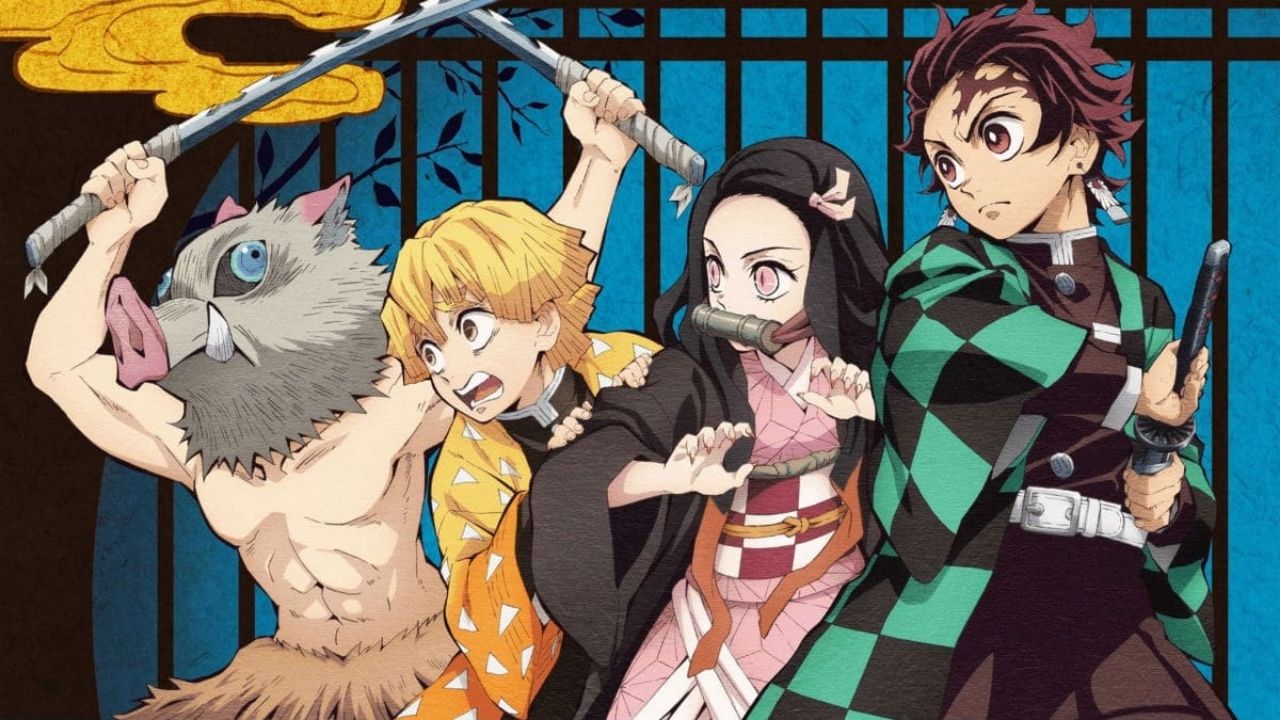
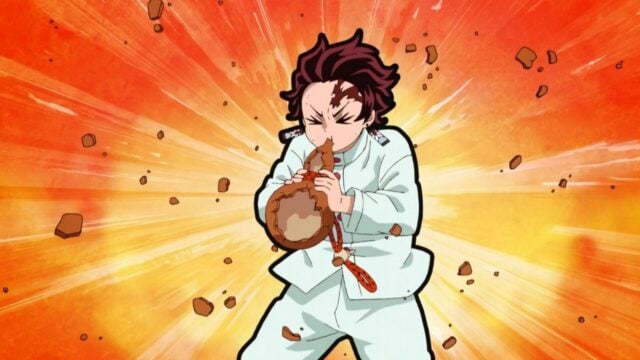
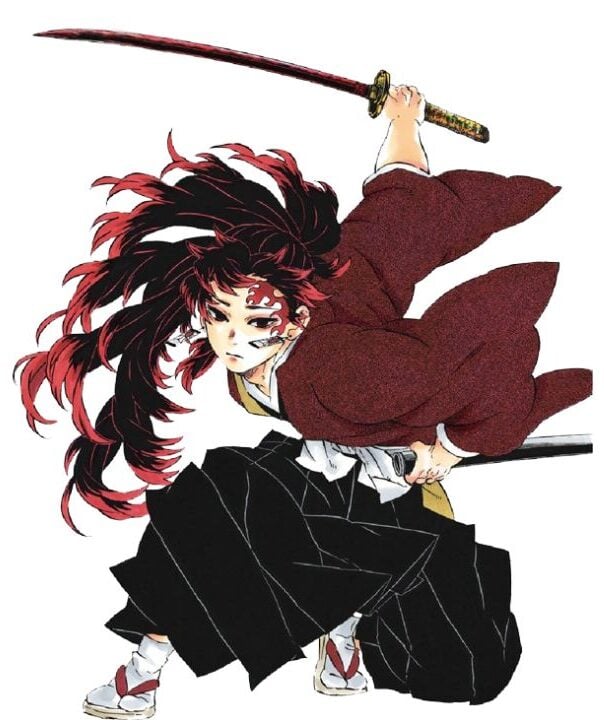
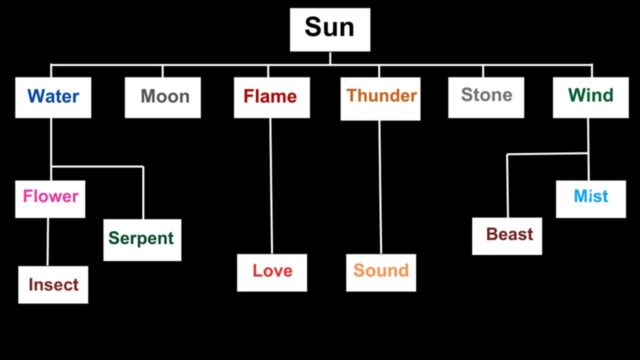
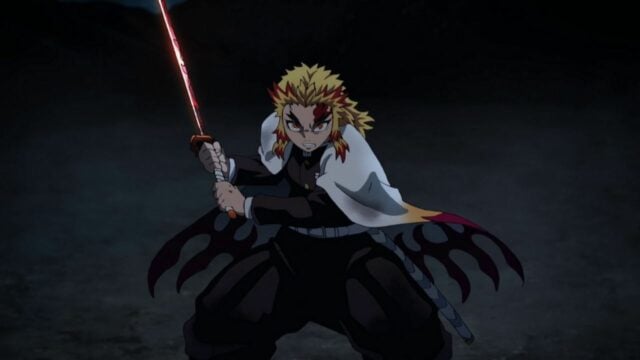
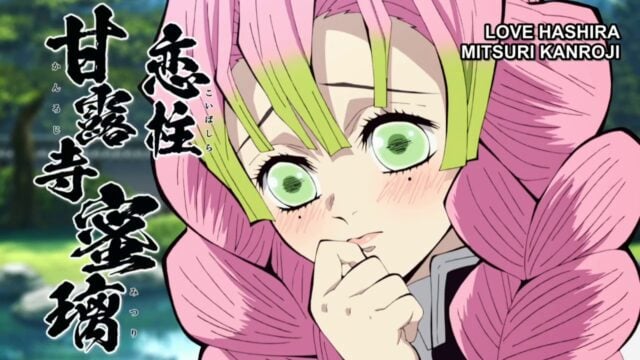
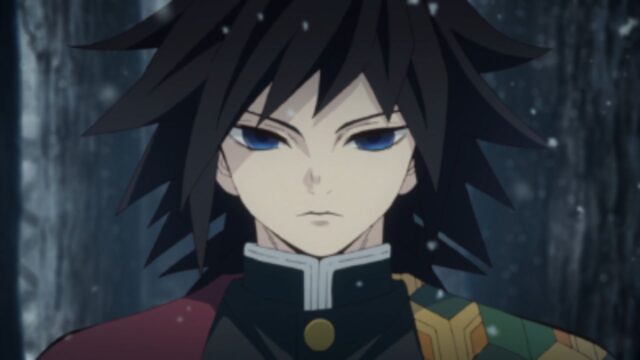
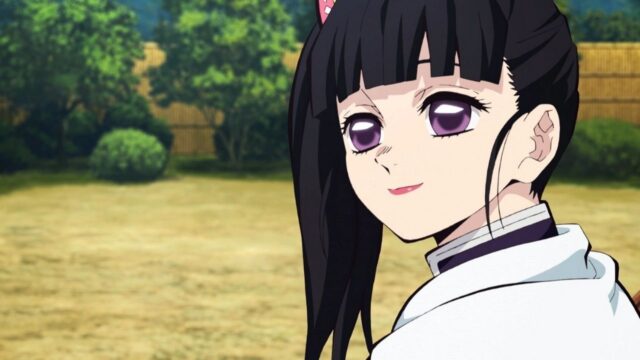
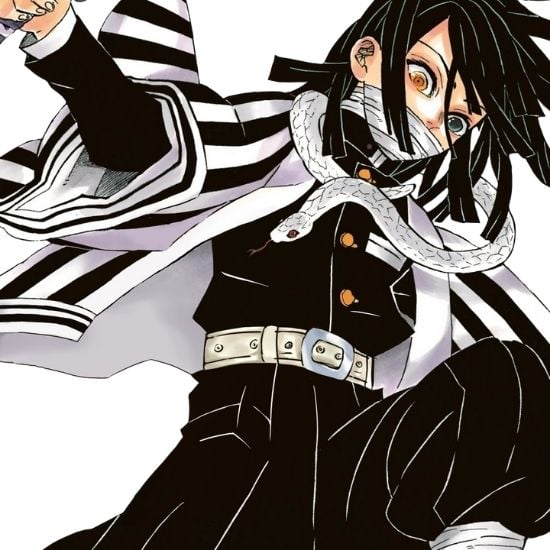
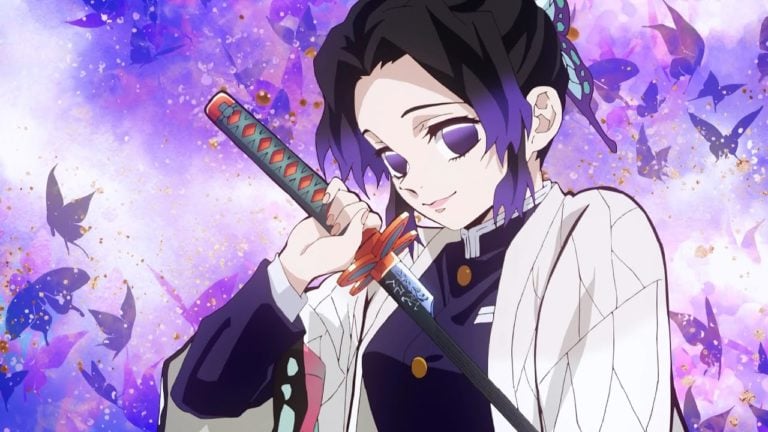
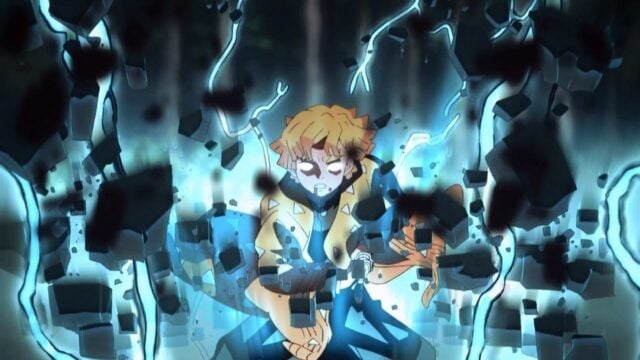
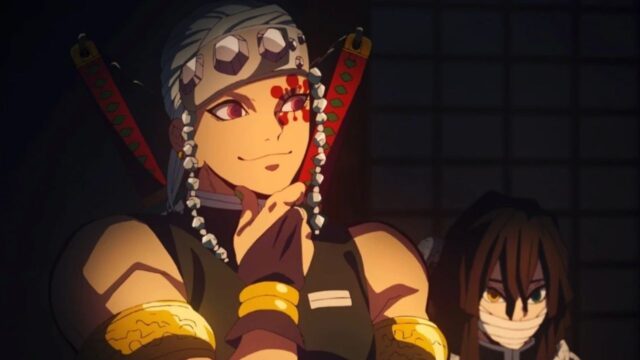
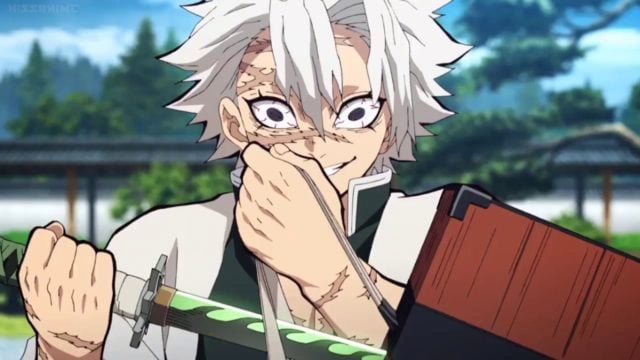
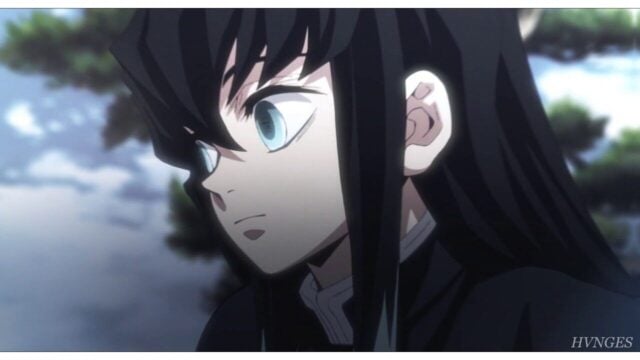
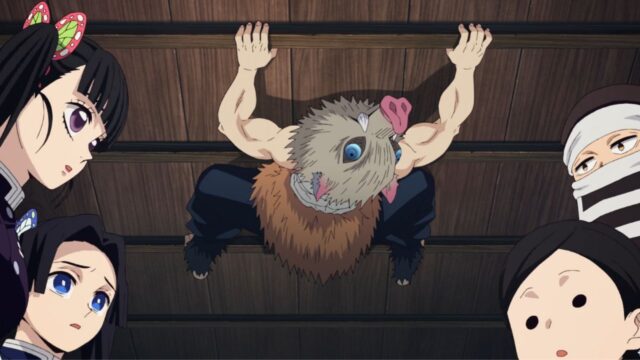
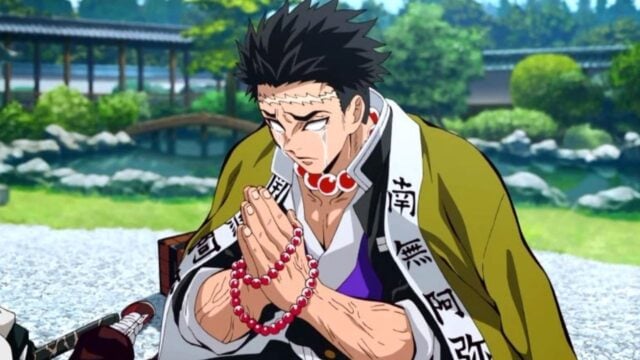
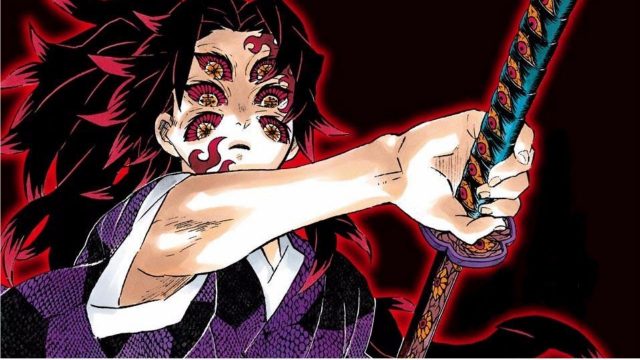
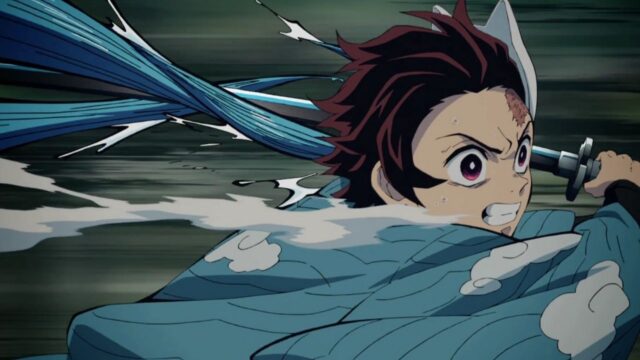
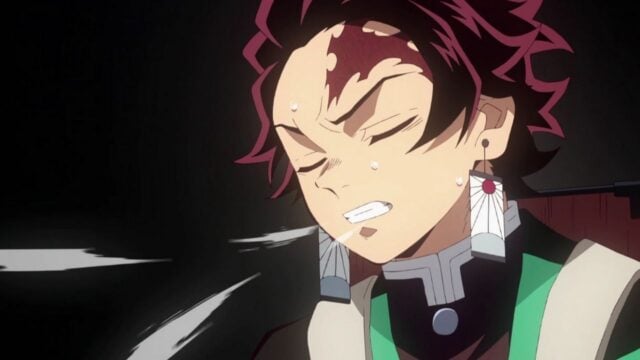
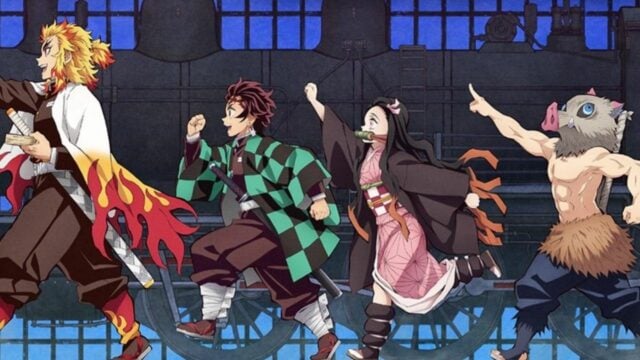


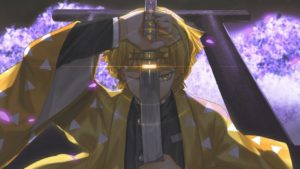



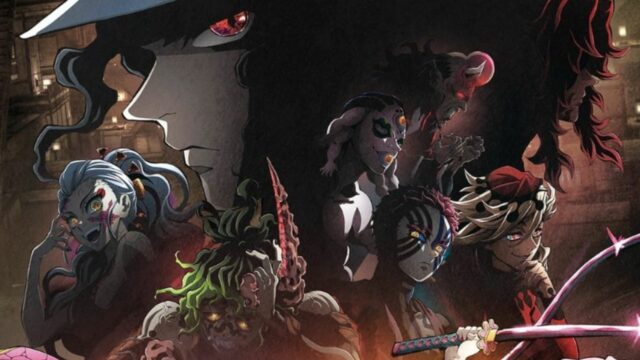
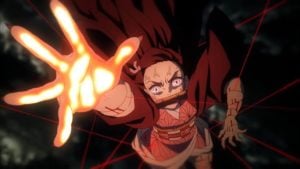
No Comments on All Breathing Styles in Demon Slayer: Kimetsu no Yaiba Explained